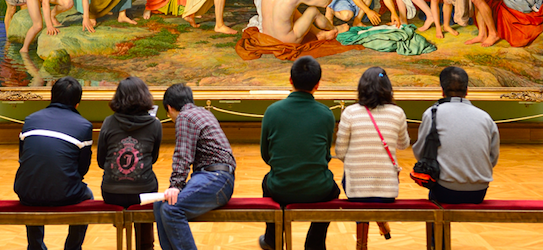Every time a cultural organization discounts its admission price, an informal education fairy loses its wings.
Okay. IMPACTS does not have data to support that fantastic claim. But data provide insight into how offering discounts on admission price impacts visitor satisfaction and the likelihood of gaining positive endorsement…and the findings aren’t encouraging. (Pause. I am continuing with Know Your Own Bone as usual, but before we go further, I'd like to point you toward some resources to help our friends who are facing Hurricane Harvey right now. A big thanks to those protecting people - and also...Sign in to KYOB+
Not a member yet?
Never miss the latest read on industry data and analysis.



